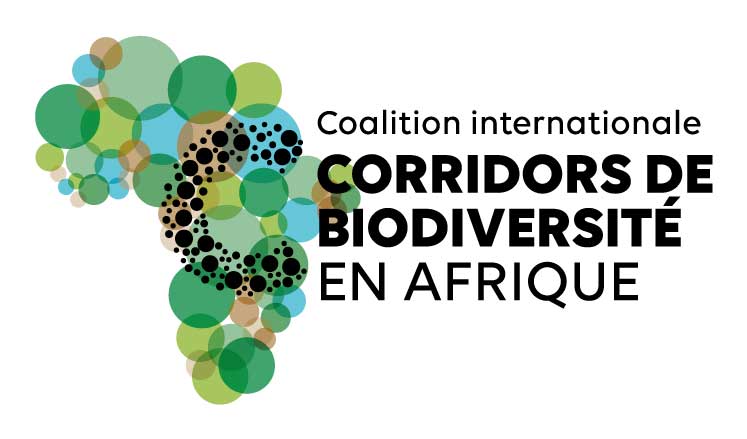This website uses cookies so that we can provide you with the best user experience possible. Cookie information is stored in your browser and performs functions such as recognising you when you return to our website and helping our team to understand which sections of the website you find most interesting and useful.
Conakry, May 6–8, 2025 – The association Climate Chance, in partnership with Biotope Guinea and the Guinean Office for Parks and Wildlife Reserves (OGPNRF), organized a new training module this week as part of the COMBO+ program (Conservation, Mitigation, and Biodiversity Offsets). This international initiative aims to effectively integrate biodiversity considerations into development projects, particularly in several African countries. The module, entitled “Ecological Connectivity: Challenges and Opportunities for the Protection of Guinea’s Protected Areas”, brought together more than 50 participants over three days, grouped according to their sector of activity.
Objective: Demystify a concept that remains little-known and underutilized
The fifth COMBO+ module sought to make accessible a complex yet crucial concept for biodiversity conservation: ecological connectivity. This concept refers to the ability of species to move freely across fragmented landscapes through ecological corridors that connect natural habitats.
“A biodiversity corridor is not just a protected forest, but a vital passageway for species between different ecosystems,” explained one of the trainers. There are three main types of corridors: landscape, linear, and stepping-stone (or discontinuous)1 corridors.
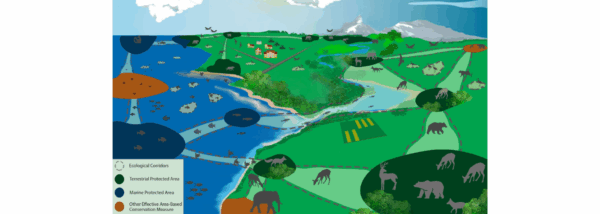
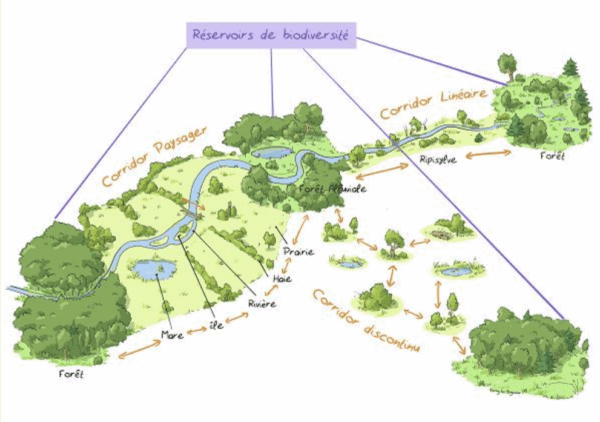
Diagram 1 : Terrestrial and aquatic ecological connectivity
Diagram 2 : The 3 types of ecological corridors
A Three-Part Format to Engage All Stakeholders
This module was offered as part of the Biodiversity Corridor Project, jointly led by the Guinean Ministry of Environment and Sustainable Development (MEDD) and the Climate Chance association, with financial support from the French Development Agency (AFD), in order to strengthen the capacities of Guinean decision-makers. Held over three consecutive days, the session aimed to promote a progressive and targeted understanding of the challenges related to ecological connectivity – a key concept for the long-term preservation of protected areas.
On Tuesday, May 6, the session brought together 18 participants from NGOs, associations, and private partners. The following day, 23 officials and agents from the MEDD and its affiliated agencies joined the discussions. Finally, the session on Thursday, May 8, welcomed 11 representatives from sectoral ministries – including those responsible for Mines, Agriculture, Livestock, Fisheries, Handicrafts, and the Ministry of Territorial Administration and Decentralization – illustrating the cross-cutting nature of biodiversity within public policy.
Combining theoretical input with hands-on exercises, the training provided participants with a dynamic and interactive space for discussion, enhancing their understanding of ecological connectivity issues. Key topics included the fundamental principles of ecological corridors, their integration into development projects in Guinea, strategies for effective participatory management, and their potential as a lever for socio-economic development. Modeling tools for ecological corridors were also presented, followed by a practical session that introduced the methodology used for mapping the Biodiversity Corridor Project jointly implemented by Climate Chance and MEDD.
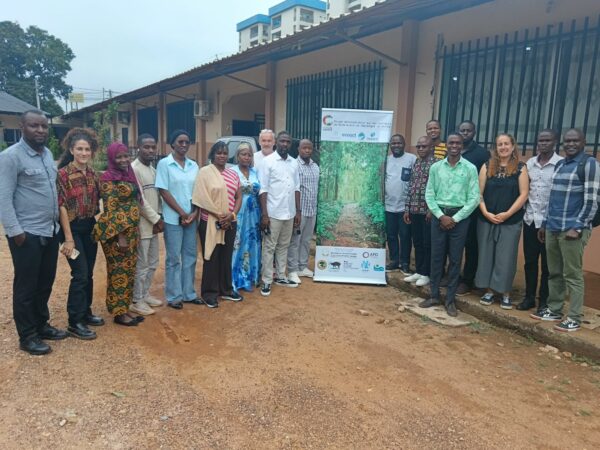
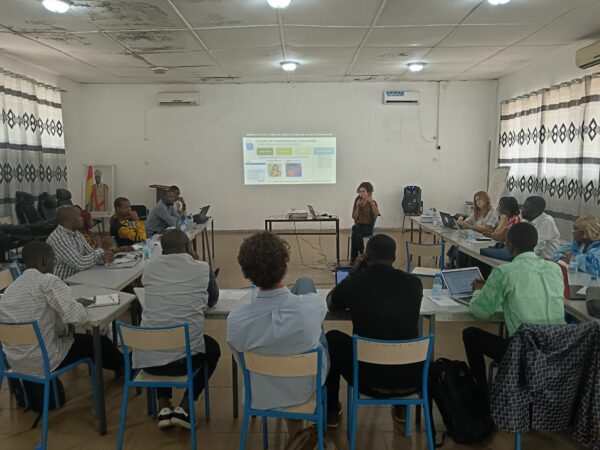
Photo 1: Participants of May 6, 2025 – NGO, associations, and private partner group
Photo 2 : Training on ecological connectivity – May 6, 2025
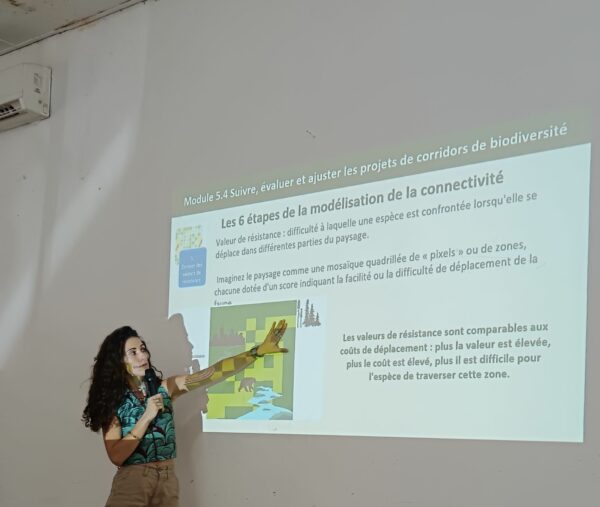
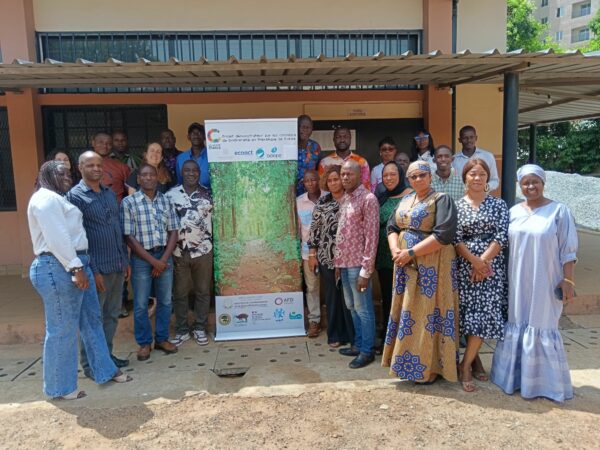
Photo 1 : Participants of May 6, 2025 – NGO, associations, and private partner group
Photo 2 : Training on ecological connectivity – May 6, 2025
Spotlight on Experiences Already Carried Out Across the African Continent
To ground the concepts discussed, the trainers illustrated their presentations with concrete examples, such as the KAZA transboundary corridor in Southern Africa, as well as the pioneering ecological connectivity policies implemented in Tanzania. The training also provided an opportunity to introduce the website of the International Coalition of Biodiversity Corridors in Africa, created by Climate Chance – a true knowledge hub featuring an interactive map and a wealth of country-specific resources.
One of the highlights of the session was the presentation of the Pinselli-Soyah Park by the Head of the Legal and Litigation Department of the OGPNRF. This park is the result of an unprecedented community consultation process. Six rural municipalities were involved in transitioning a classified forest into a co-managed protected area.
“Sometimes, you need to demonstrate the importance of the forest to communities to encourage their engagement. Creating a park can become a source of pride and a driver for local development,” expressed one participant from the MEDD group.
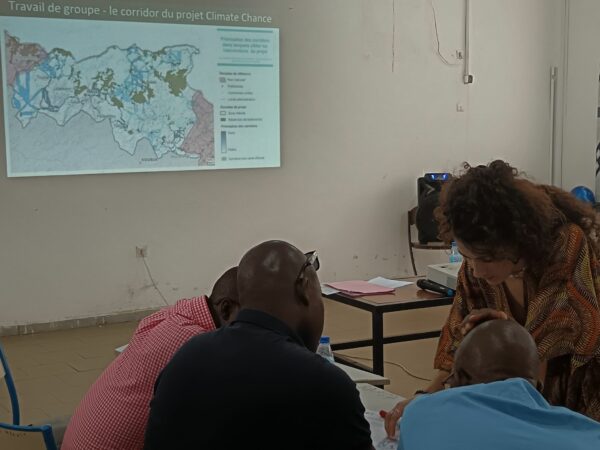
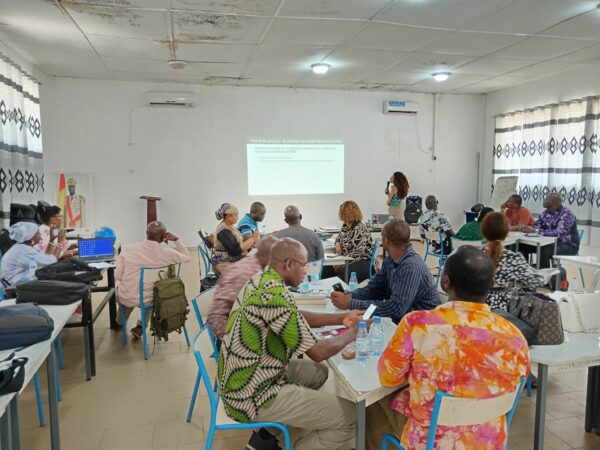
Photo 1: Practical session on mapping for the Biodiversity Corridor project
Photo 2 (right): Ecological connectivity training – May 7, 2025
Cross-Cutting Challenges for Sectoral Ministries
The third day of training shed light on the pressures exerted by Guinea’s extractive and agricultural sectors on ecosystems, particularly their growing impact on the fragmentation of natural habitats. Yet, far from being a constraint, integrating ecological connectivity into development projects can present real opportunities for these sectors. For mining companies, it serves as a lever for social acceptability and helps anticipate often costly ecological compensation requirements. On the agricultural side, maintaining natural corridors – especially along waterways – supports both the free movement of wildlife and the sustainable preservation of soils. This also helps prevent potential human-wildlife conflicts related to farming activities.
“The benefits are not always immediate, but in the long term, this approach helps prevent human-wildlife conflicts and strengthens the resilience of agricultural activities,” summarized a representative from the Ministry of Agriculture.
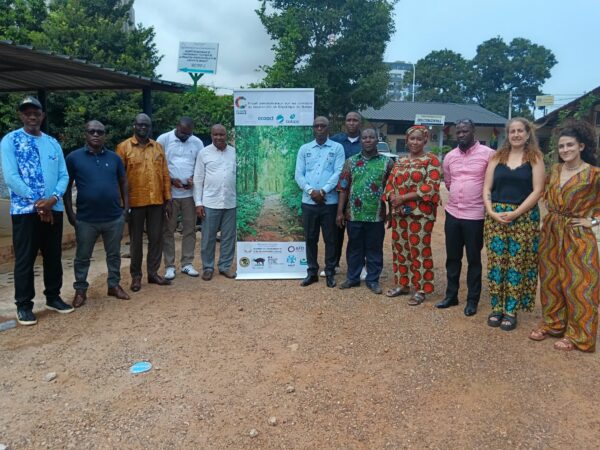
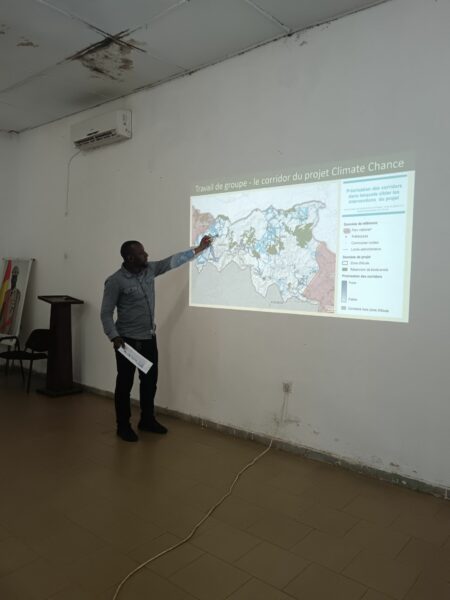 Photo 1: Participants from May 8, 2025 – Group of Sectoral Ministry Representatives
Photo 1: Participants from May 8, 2025 – Group of Sectoral Ministry Representatives
Photo 2 : Debriefing session of the practical exercise on the Biodiversity Corridor Project mapping
Outlook and Next Steps
The participants’ enthusiasm throughout the training reflected a genuine interest in ecological connectivity, now widely recognized as a key lever for the long-term preservation of protected areas in Guinea.
While this fifth module marked the conclusion of the Combo+ training cycle, it does not signal the end of the capacity-building process. Within the framework of the Biodiversity Corridor Project, additional initiatives are already planned for the coming months : the regular publication of quarterly analysis briefs, the dissemination of the Biodiversity Corridor newsletter, and a specialized training session on innovative financing mechanisms – including carbon and biodiversity credits – led by the consultancy firm EcoAct, an international expert in carbon certification and one of the project partners.
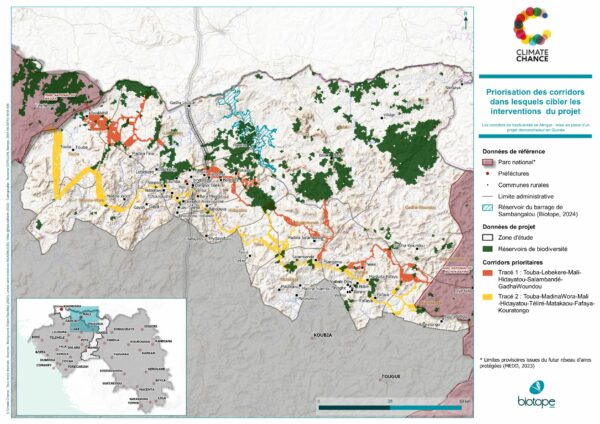
1Landscape Corridor : This refers to a large, continuous natural area (e.g., a mosaic of forests, savannas, wetlands…) that allows wildlife to move freely. It does not necessarily have a linear shape but offers general permeability across the landscape. Example: a group of secondary forests located between two protected areas.
Source: IUCN France, 2016 – “Ecological Corridors: A Tool to Restore Connectivity of Natural Habitats”
Linear Corridor : This is a narrow, continuous strip of natural or semi-natural vegetation connecting two habitats. It provides a clearly defined route for species movement. Example: hedgerows, riparian vegetation (along watercourses), or wooded strips.
Source: French Ministry for the Ecological Transition, Green and Blue Infrastructure, 2011
Stepping-Stone (or Discontinuous) Corridor : This type of corridor consists of fragmented but closely spaced elements, allowing species to move step by step between two suitable habitats. It is essential for mobile species, particularly birds and some large mammals. Example: a series of small woodlands or ponds spaced apart but aligned between two natural zones.
Source: French Foundation for Biodiversity Research (FRB), 2019 – “Ecological Connectivity and Habitat Fragmentation”.

